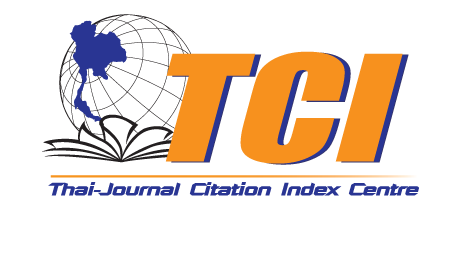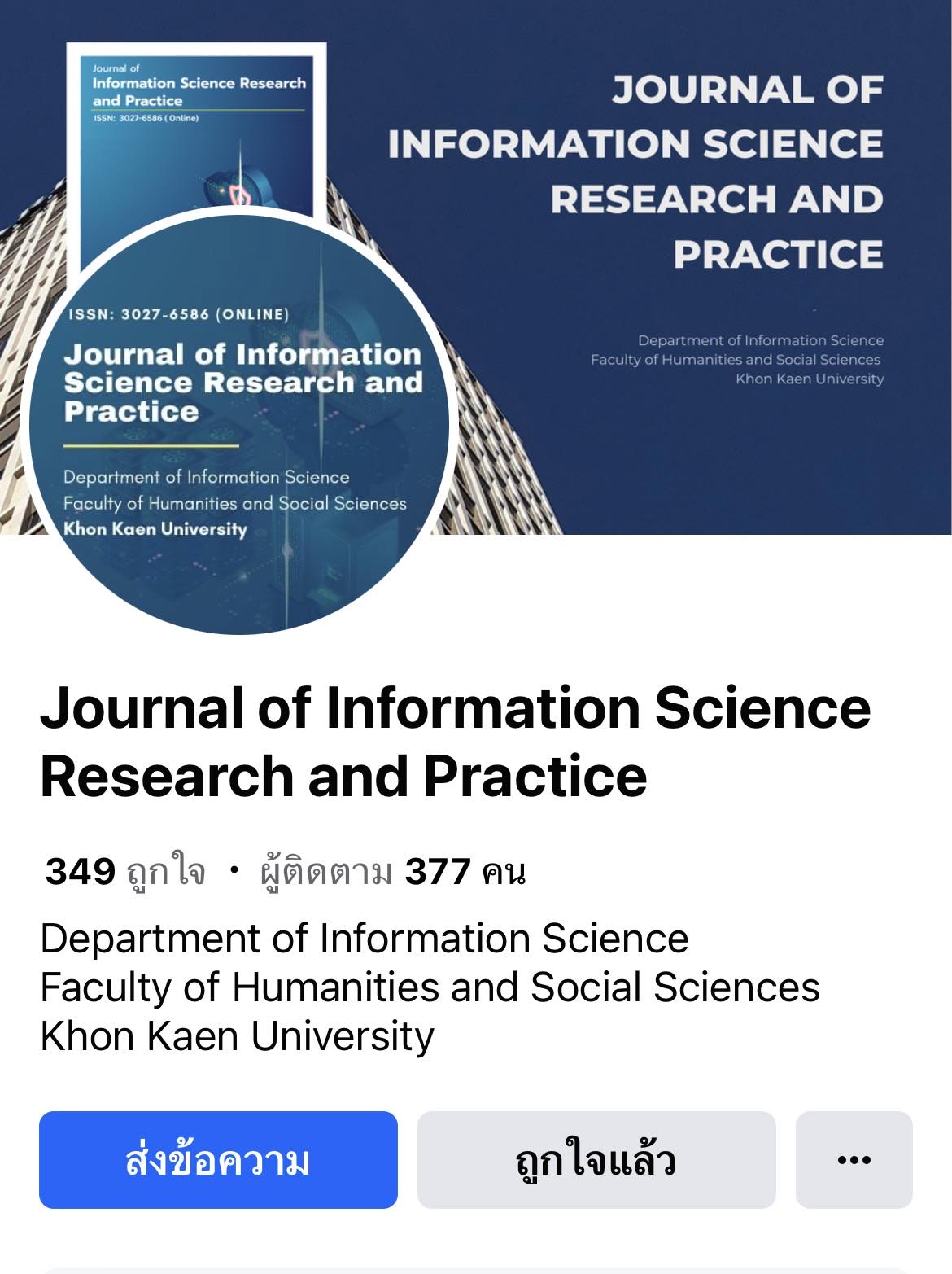The Creation and Utilization of Multimedia Enhancing Thaijo 2.0’s Effectiveness
DOI:
https://doi.org/10.14456/jiskku.2025.5Keywords:
Multimedia, ThaiJO2.0 system, Academic journalsAbstract
Purpose: To study the usage process of the ThaiJo 2.0 system, and examine the issues in the steps that users could not perform correctly, then to develop multimedia materials that assist in teaching and explaining the usage of the ThaiJo 2.0 system.
Methodology: A mixed-method approach was employed. Qualitative data were collected through focus group discussions with four staff members responsible for managing academic journals affiliated with Rajabhat Dhonburi University. These discussions identified common issues and questions frequently asked about the ThaiJo 2.0 system. Quantitative data were gathered using questionnaires distributed to 40 experts and authors who interacted with journals under Rajabhat Dhonburi University via the ThaiJo 2.0 system between April and July 2024. The findings were used to analyze and develop multimedia materials that were high-quality, easy to understand, and practical.
Findings: The study revealed that regarding the limitations and obstacles faced by users in utilizing the system, the instructional video currently in use is too long and has not been updated to align with newer system versions, resulting in outdated content. Although the user manual provides detailed explanations, its extensive length makes it difficult to understand. In practice, only a few essential steps are required in the process, from article submission to publication. Regarding the multimedia materials developed for teaching and guiding users on the ThaiJo 2.0 system, the evaluation results indicated that the set of five instructional videos achieved a very high quality rating. This reflects the effectiveness of the developed multimedia resources in supporting the efficient use of the ThaiJo 2.0 system
Applications of this study: Coordinators can use the multimedia set to assist in explaining the process by sending a link or attaching it to discussion threads. These resources cover each step from the registration step to responding and submitting revised articles through the system. This approach will reduce the time spent answering questions and providing explanations over the phone, allowing coordinators to focus more on improving the quality of other tasks.
Downloads
References
Chaiya, R. (2022). Learning pyramid behaviors that help us learn most effectively. Retrieved from https://www.brandthink.me/content
Chawanrat, S., Bamrung, S., Suchada, K. & Patcharin, S. (2024). Using multimedia to communicate local identity and wisdom in the digital era. Journal of Information Science Research and Practice, 42(3), 133-134.
Elsevier. (2022). Advancing open access at Elsevier. Retrieved from https://www.elsevier.com/open-access
Jiraroch, T. (2023). The study of quality development guideline academic journal under Dhonburi Rajabhat University. Valaya Alongkorn Review Journal, 13(2), 133-146.
Li, Z., Drew, M. S. & Liu, J. (2021). Fundamentals of multimedia. (3rd ed.). New York: Springer.
Mayer, R. E. (2009). Multimedia learning. (2nd ed.). UK: Canbridge University Press.
National Electronics and Computer Technology Center. (2020). Ready-made innovation ThaiJO 2.0: Thai Journals Online. Retrieved form https://www.nectec.or.th/innovation/innovation-software/thaijo2.html
Thai-Journal Citation Index Centre. (2022). Thai journal online system user manual. Bangkok: Thai-Journal Citation Index Centre.






